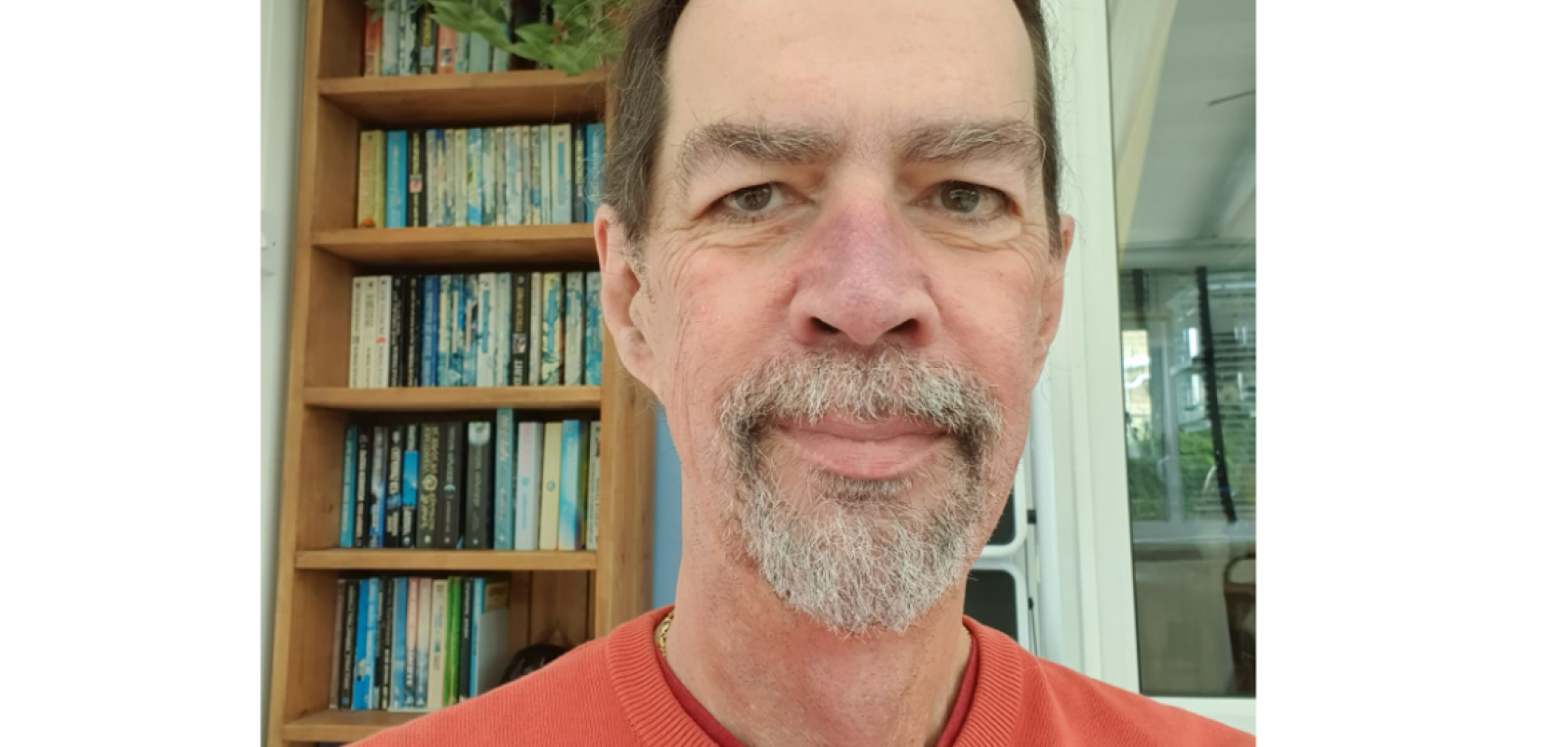What are the implications for UK providers and industry from the all-IP migration changes, One Touch Switching and Ofcom Telecoms Market Review? Mike Locke explains
There are three fundamental changes to the way our industry operates and sells its services. And they’re all happening pretty much at once. The companies who understand what’s going on and plan accordingly have the chance of increased business and a brighter future. Those that don’t, are adding to the risks their businesses face.
What is happening and what’s driving it? It’s all down to the UK’s regulator, Ofcom driving the competitive landscape. Their prime motivation is increasing competition in the marketplace. Yes, it’s all for the benefit of the consumer: more fibre, more choice, keener prices; but what it means for us is a much more competitive environment, and one from which the switched-on operators can benefit.
Ofcom has mandated that phone and broadband move to being completely IP based by 2025: all-IP migration. This has already started. They have also carried out the Wholesale Fixed Telecoms Market Review which will set the regulatory scene until 2026. And they have recently announced their preferred approach for One Touch Switching which must be implemented by December 2022. The final statement is expected within a few months.
Changing times
Let’s start with all-IP migration. Everyone is used to the traditional way of paying for their phone service and adding broadband, usually in some form of bundle, as desired. But today, exchange-by-exchange, this is changing. As each exchange gets designated ‘all-IP’, all customers will migrate to contracting for a broadband connection and, if they wish, to add a voice service (in IP) to that.
The emphasis of the market is changing. More importantly, every customer who is not already on an All-IP service will be migrated to a new contract based on the new technology which could lock them out of changing to a new service provider for another two years.
It’s not just the purchase model triggering consumer churn, but also Openreach will no longer supply a phone service for providers to retail. Just to add complexity, if you do provide a VoIP service for telephony, you’ll need to provide local battery backup for the CPE in case of power outage.
This process will happen through a comprehensive customer communications programme led by their communications provider. If you’re ready for that, you could take advantage to let people know about the benefits of your service. If not, be prepared to have your customer base impacted by the migration marketing.
One touch switching
Next is one touch switching. Given the consultation process isn’t formally over, why is this the next subject? The planning and design process has been going on under the auspices of OTA2 (Office of Telecoms Adjudicator) involving the whole industry for a couple of years now since Ofcom first asked OTA2 to convene the working group.
This is both a fundamental change to how easily the consumer can switch between service providers and, to enable that, how retailers deal with any and all wholesale networks. With its roots in the European Electronic Communications Code (EECC), which the government decided to transpose into UK law in December 2020, this gives the right to a consumer to change service providers simply by contacting the new service provider – even, and this is the major change, if the service providers use different wholesale networks.
The opportunity for this is that it will be a great deal easier for independent service providers who don’t use one of the incumbents to attract customers. It’s just like switching energy companies. It’s no longer ‘cease and provide’ with the customer having to contact the losing provider, which may trigger customer retention teams, place a new order and juggle service dates so they don’t lose connection.
All a customer has to do is respond to your marketing and then you organise the entire process. Of course, you’ll have to be ready for the same in the opposite direction and make sure to provide such a good service that your customers choose to stay.
All together
For independent operators and retailers, this means they will have to interconnect with the new process which has predefined order journey, information requirements, automated messaging, trouble ticketing and so on. Everyone’s business and operations support systems (OSS/ BSS) will have to be aligned and for some, this will be a major IT systems change.
However, it does open the possibility of making wholesales easier, which brings us to the Wholesale Fixed Telecoms Market Review which was published by Ofcom in March. This has been a major piece of work, involving many months of consultation, aimed at freeing up the market, increasing competition and, crucially, supporting the roll-out of fibre connections as widely as possible across the country.
It carves the UK into three types of area: 1, 2 and 3. In Area 3, likely to be largely rural and difficult to reach, Ofcom does not consider there to be any effective competition to the incumbent. BT has also made a commitment to cover 3.2m premises with full fibre in Area 3. This may come as an unwelcome surprise to local independent operators. For a network to be considered effective competition, it will need to offer the same sort of retail services as the customer currently can get on ADSL2+ (Superfast) networks. That means the same sort of services and brands that scale retailers currently offer.
The implication for independent operators is that either they need to push on hard with their build plans (taking account of the BT commitment), marketing their services as effectively as possible, or they need to consider making it possible for those scale Internet Service Providers to use their networks. And One Touch Switching (OTS) provides a useful framework to enable that. Given the customer journey is defined cross-industry for that as well as the switching process, that means all the scale retailers will have to be able to switch to and from all the wholesale networks in a standard fashion.
Opportunity knocks
So, if a network is operating OTS, and it will have to, it is already most of the way to being able to wholesale. Of course, there is a cost to developing new systems and integrating OSS/BSS. That’s why INCA members are developing a common wholesale platform. This will allow scale retailers and other networks to consume services offered by the platform. By integrating once, they will have access to multiple networks instead of having to integrate with each one separately at huge cost. For those independents on the platform, that is a tremendous opportunity.
Coming down the line we have these three major changes at all levels of our business affecting how the consumers see our services, how they consume them and how all networks need to interact with – and sell services to – each other.
INCA is working with government policymakers and BDUK, and the rest of the industry both directly and through Working Groups at the Broadband Stakeholders’ Group, Ofcom and OTA2 to ensure our sector’s views are represented and also to brief our members on these collaborations.
Despite the added work we all have to do to keep across these changes and implement them, it’s an exciting time for those companies who are ready for this challenge to reach out to a wider market.
Mike Locke is lead advisor on switching and wholesale at INCA


